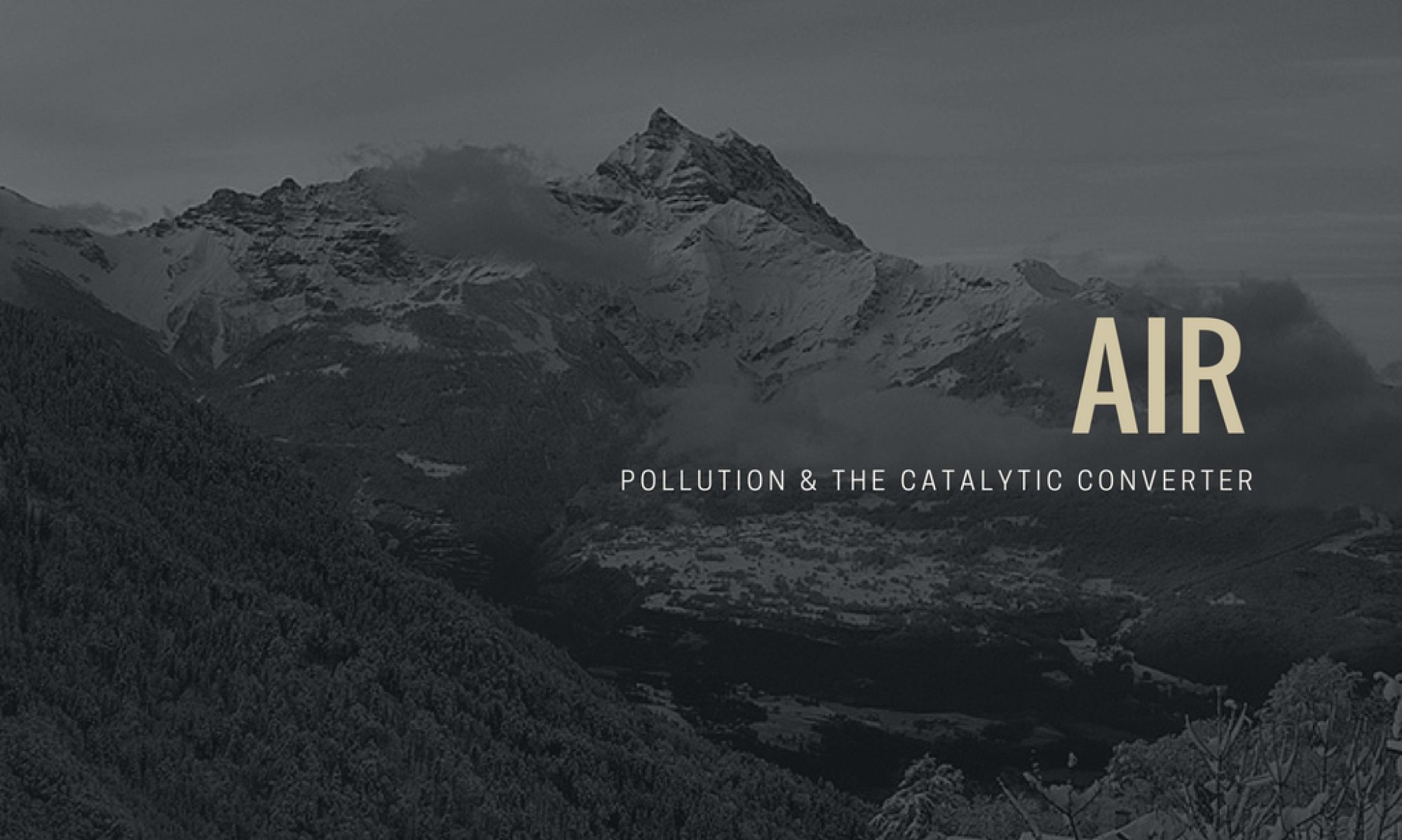1a. Exothermic. As the burning of briquette produces heat energy.
1b. Endothermic. Heat energy is required to break the water molecules in order for it to enter the gaseous state and evaporate from our skin.
1c. Exothermic. Heat energy is required to break the lattice energy of the ice in order for the ice to melt.
2. The bond strengths of the reactants has to be relatively weaker as to have a lower activation energy for the reaction. In contrast, the bond strengths of the products need to be relatively stronger in order for more heat to be released in the process so as to create an exothermic reaction that would make for a good explosion.
3. Heat is the energy that flows from a hotter to colder object whereas temperature determines the direction of the heat flow.
For example, imagine putting some ice into a cup of hot tea. The ice would melt almost instantly due to the heat from the hot tea. But the temperature of the hot tea would drop, showing the direction of the heat flow from the tea to the ice cubes.
4a. It has a knocking characteristic of 98% isooctane and 2% n-heptane. As a higher grade premium gasoline, it has higher octane rating than other blends sold at other gasoline stations and hence is more resistant to knocking.
4b. The octane rating does not produce any information regarding the presence of any oxygenates and such details should be available on other parts such as labels around the pump.

